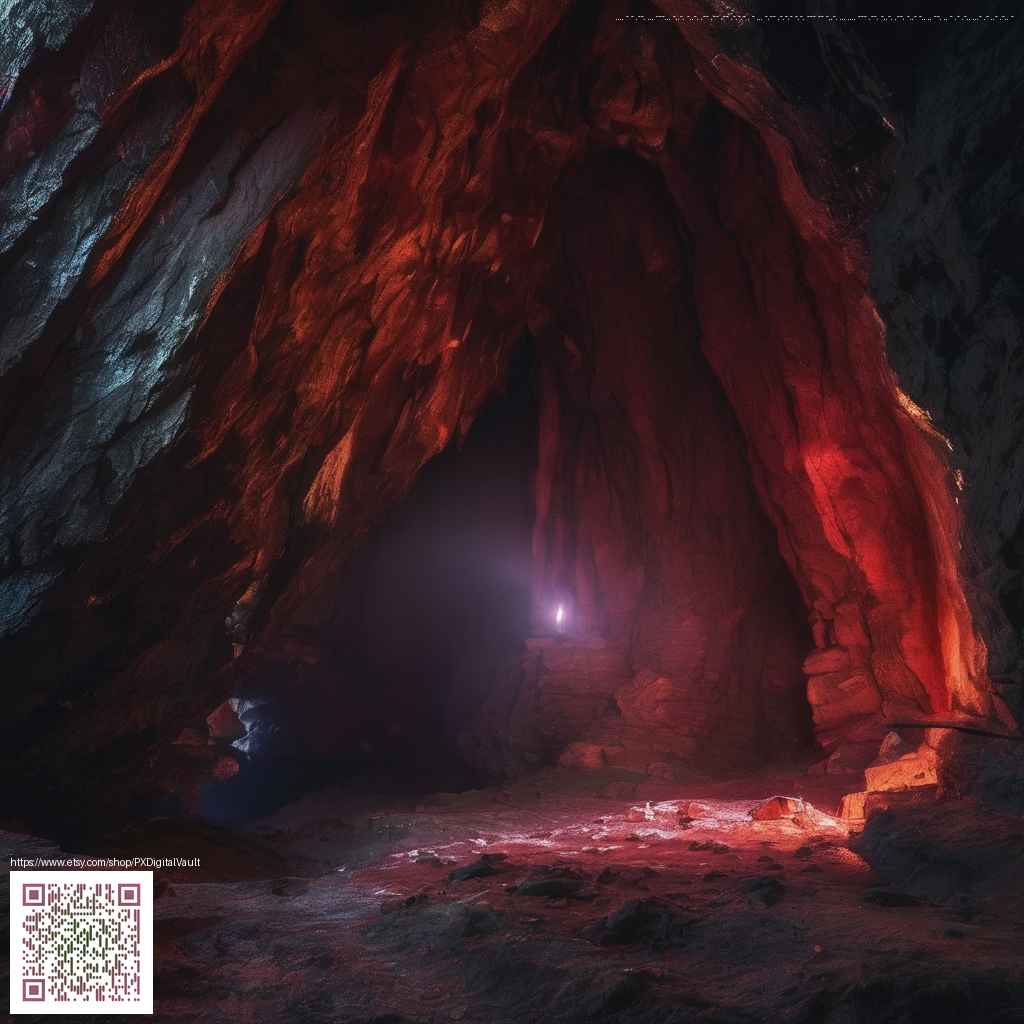
Data source: ESA Gaia DR3
A Blue-White Beacon in Scorpius: Temperature, Light, and a Star Named Gaia DR3 4163591431913986432
In the southern skies, where the Milky Way threads a glittering river of stars through the darkness, a remarkable point of light stands out not for luck of brightness but for the science it carries. Known to astronomers by its Gaia DR3 identifier, Gaia DR3 4163591431913986432, this star is a vivid blue-white beacon whose heat and size illuminate how we understand distant stellar engines. The data stitched together by Gaia’s third data release—particularly the temperature estimate teff_gspphot—lets us translate photon counts into a narrative about a star that is much hotter and more energetic than our Sun.
What makes this star appear as a blue-white furnace in the night?
The temperature estimate from Gaia’s spectro-photometric pipeline places this star at about 31,324 kelvin. To put that in human terms: the star hums at a color far toward the blue end of the spectrum, well beyond the warmth of the Sun’s 5,778 K. In the language of stellar types, such temperatures correspond to the early-type O or B class stars—hot, luminous, and short-lived in astronomical terms. The color is more than a pretty picture; it’s a signal that the star pumps out energy most vigorously in the blue and ultraviolet portions of the spectrum, producing a radiant glow that outshines cooler companions by factors of thousands in some wavelengths.
Size, brightness, and what the numbers imply about its power
Measured properties describe a star that’s not just hot but also sizable for a hot, luminous object. The Gaia DR3 data show a radius around 5.6 times that of the Sun. Combine that with the scorching temperature, and the star’s luminosity climbs steeply—thousands of times brighter than the Sun. This isn’t a small, shy blue dot; it is a powerhouse, radiating energy that shapes its surroundings and marks a stage in massive-star evolution that astronomers study to understand how these cosmic engines influence star-forming regions and galactic ecology.
Distance and visibility: how far and how bright to the eye
The star’s distance is listed as roughly 2,125 parsecs, which translates to about 6,900 light-years. That is a colossal journey across the Milky Way, yet not so far as to be beyond the reach of careful observation with the right equipment. Its Gaia G-band mean magnitude is about 14.65, with a BP magnitude around 16.50 and an RP magnitude near 13.38. In practical terms, the G magnitude of 14.65 sits well beyond naked-eye visibility for most observers in a dark site and even beyond common binoculars; you’d typically need a modest telescope to collect enough light to study it in detail. The star’s position, cataloged as nearest to the Scorpius region, situates it in a rich tapestry of stars that includes some of the galaxy’s most dramatic spiral-arm neighborhoods and star-forming locales.
Interpreting Gaia’s temperature estimates: a window into stellar atmospheres
Gaia’s teff_gspphot value represents a temperature estimate derived from broad-band photometry across the G, BP, and RP bands, interpreted through atmospheric models. For readers, this is a reminder that large sky surveys do more than map positions—they translate light into physical properties. A temperature around 31,000 K implies not only a blue hue but a deeply energetic photosphere, with photons streaming out at high energies and a spectrum dominated by short-wavelength light. In concert with a measured radius of 5.6 solar units, the temperature helps us gauge the star’s luminosity class and its likely life stage, even when other data—such as parallax or precise radial velocity—are not fully constrained in DR3.
Where in the sky is it, and why it matters for stellar storytelling
With coordinates near RA 267.25 degrees and Dec −11.75 degrees, Gaia DR3 4163591431913986432 sits in the general direction of Scorpius in the Milky Way. That region is a patchwork of young, hot stars and dusty nebulae, a place where stellar birth often leaves a luminous legacy. Even though this particular star is not the most famous in the field, its measurements anchor a story about how cold, quiet distances in the night can mask a furnace of fusion and momentum. In the broader tapestry, such stars help astronomers map out distances in the galaxy and test theories about how hot, massive stars form, evolve, and eventually end their lives in spectacular fashion.
Taken together, the data paint a portrait of a bright, energetic star whose heat, size, and placement in Scorpius offer a concrete example of how Gaia’s teff_gspphot values translate raw light into a meaningful astrophysical narrative. The star’s distance, brightness, and color are not mere numbers; they are stepping stones toward understanding the life cycles of the most massive stars that shape the evolution of galaxies.
Whether you are a curious stargazer or a student exploring the cosmos, this blue-white beacon invites you to look up and imagine the energetic processes unfolding far beyond our solar system. The star’s heat, its luminous radius, and its place in the Milky Way’s Scorpius neighborhood remind us that the universe is a grand laboratory, where distance and light meet to reveal the physics of the stars.
For those who delight in blending science with everyday objects, a small, modern desk companion can offer a playful reminder of the cosmos. If you’d like a tactile piece inspired by stellar brightness, consider a stylish neon phone stand—a tangible link to a galaxy of ideas.
Explore the Neon Phone Stand for Smartphones
This star, though unnamed in human records, is one among billions charted by ESA’s Gaia mission. Each article in this collection brings visibility to the silent majority of our galaxy — stars known only by their light.